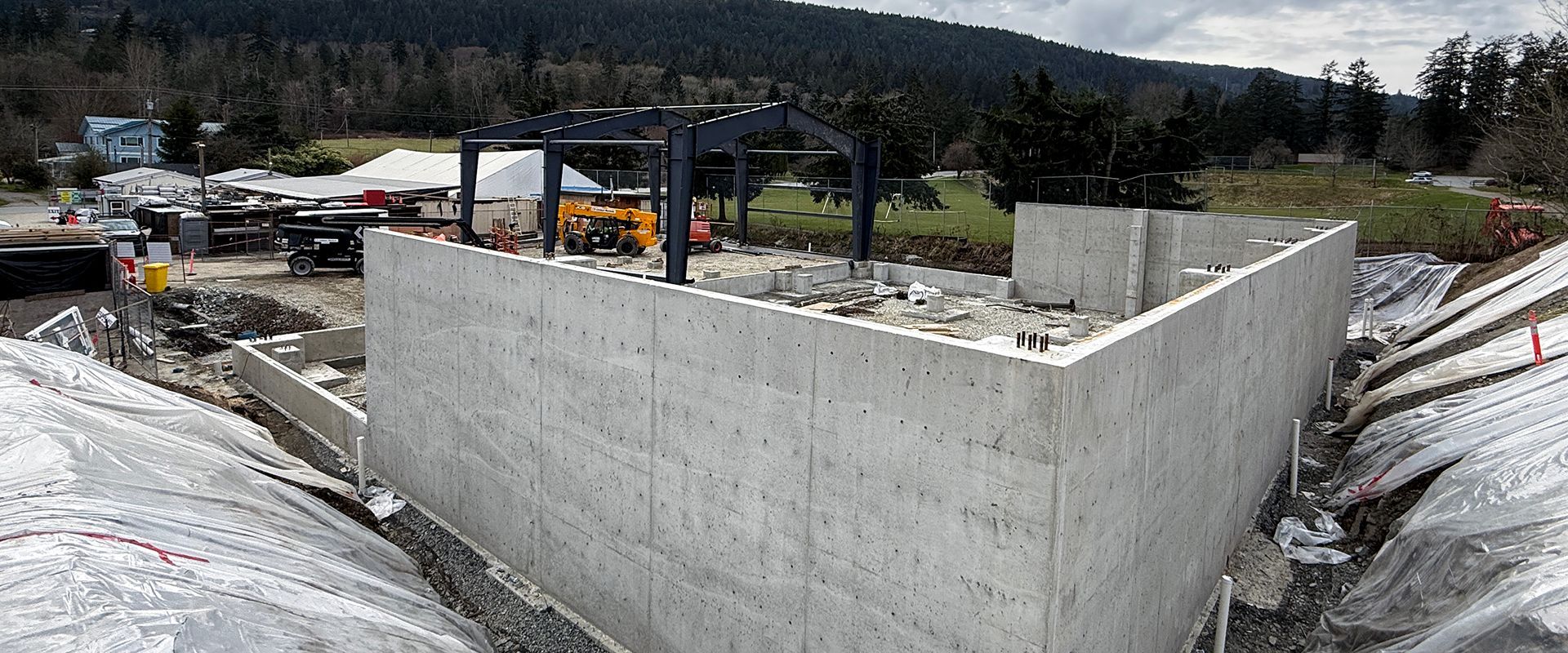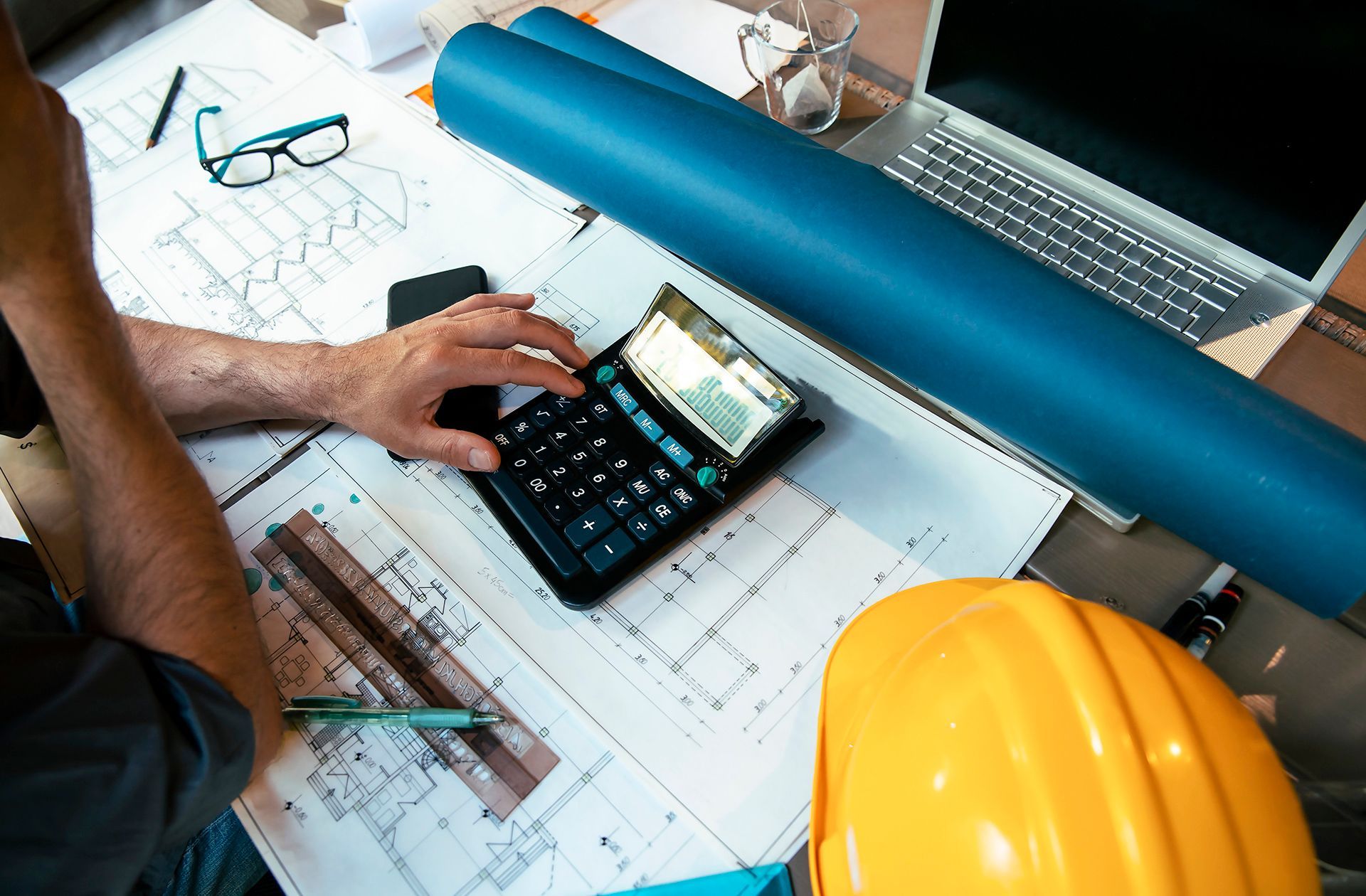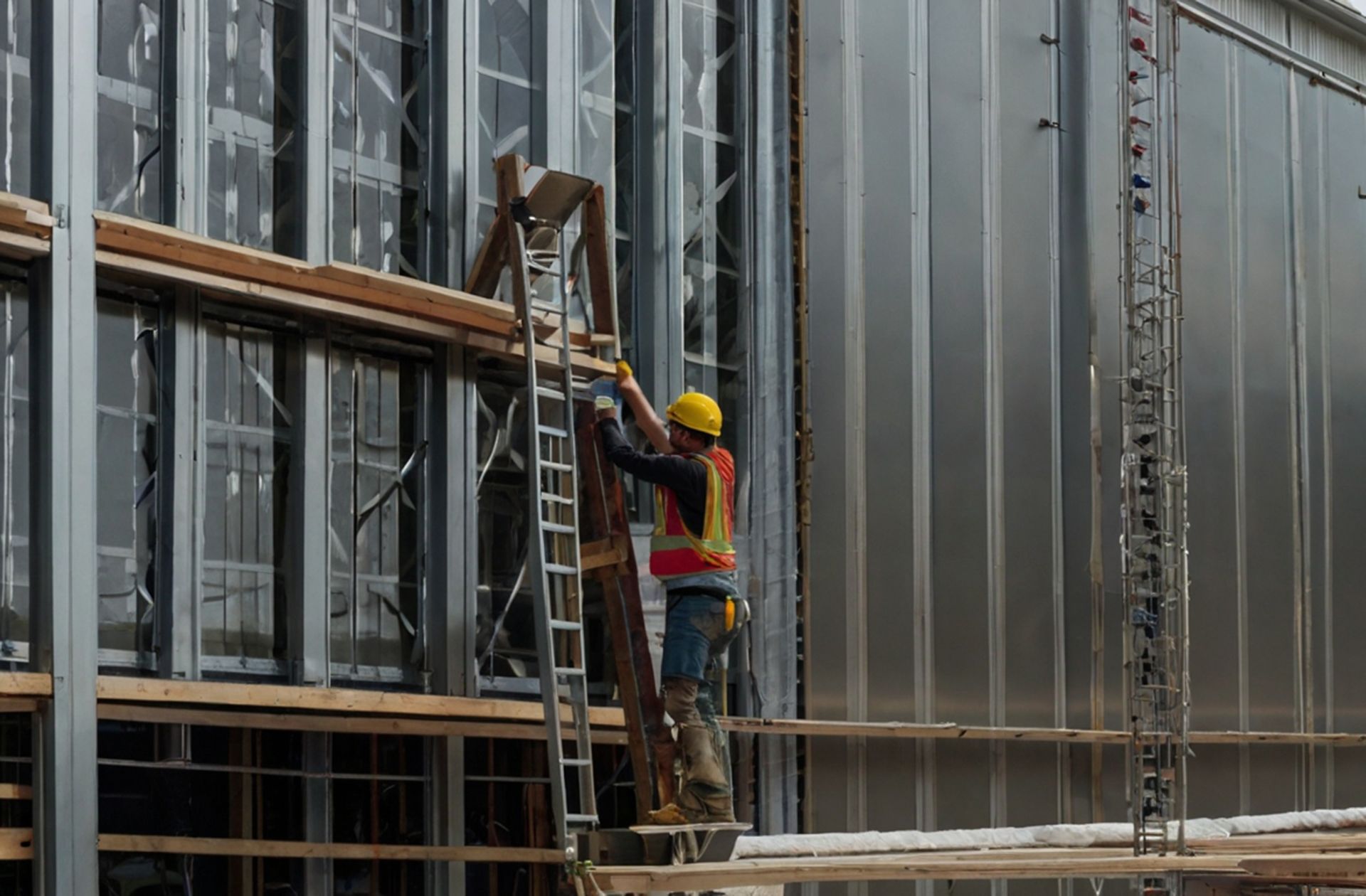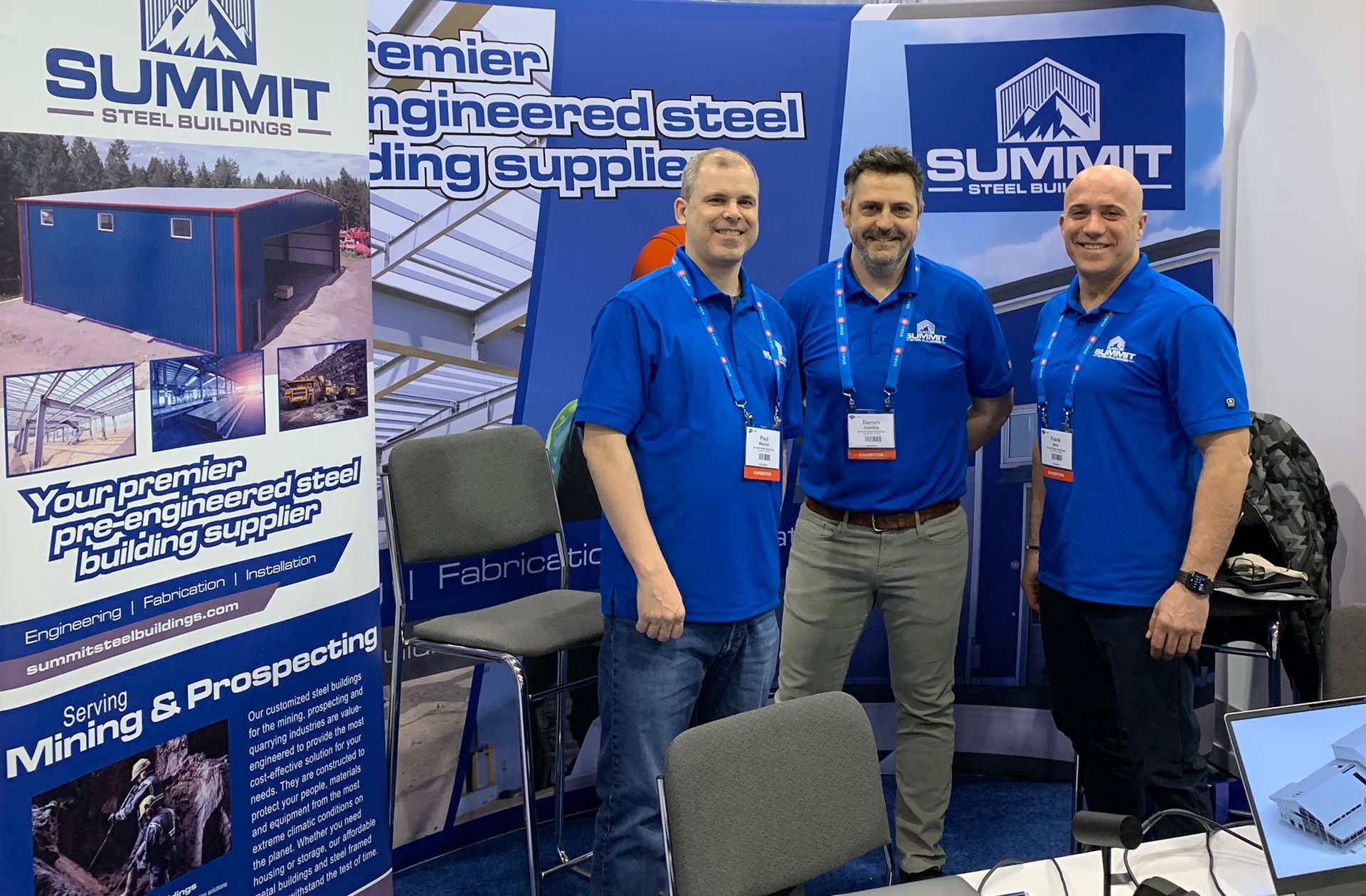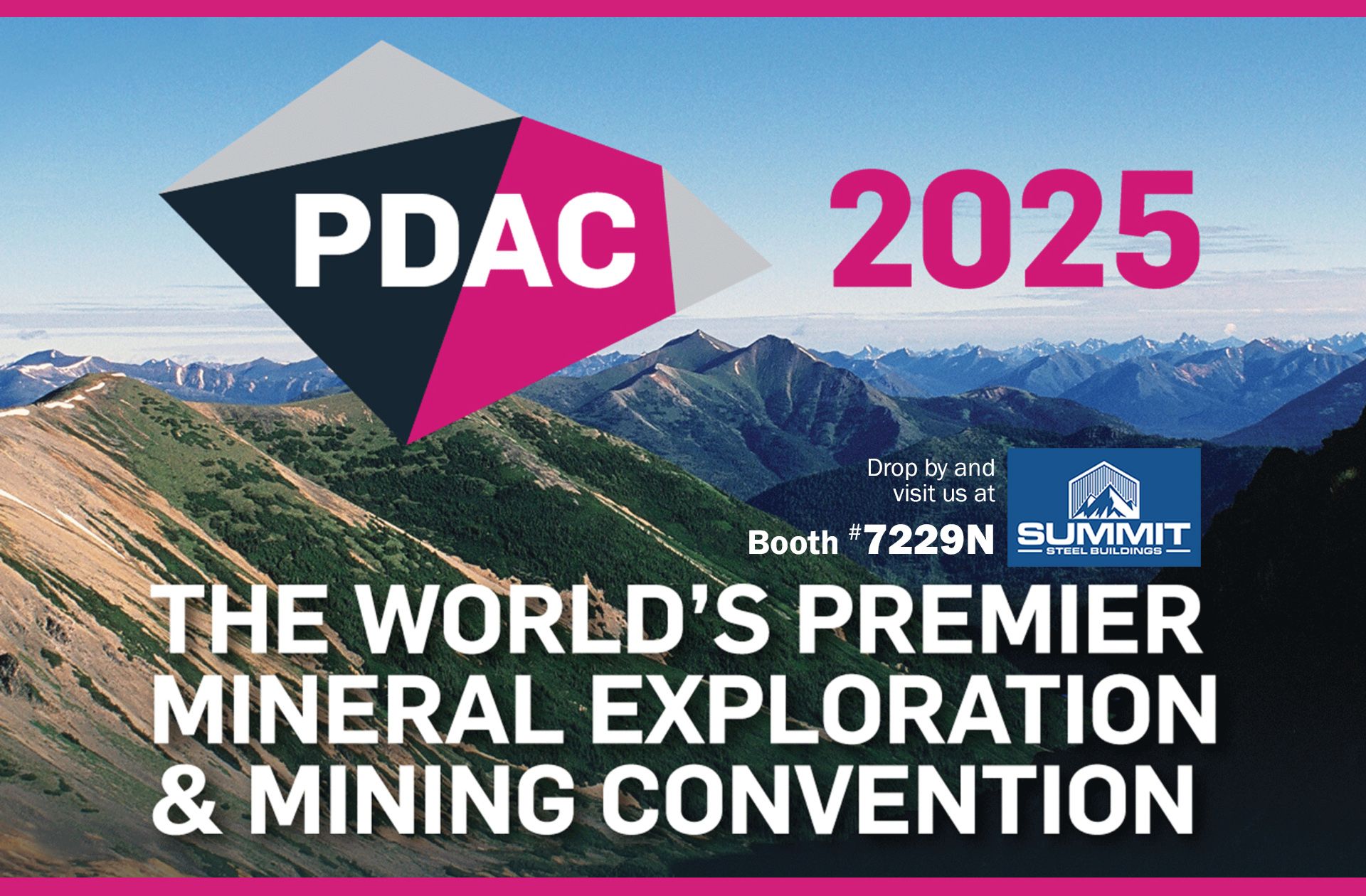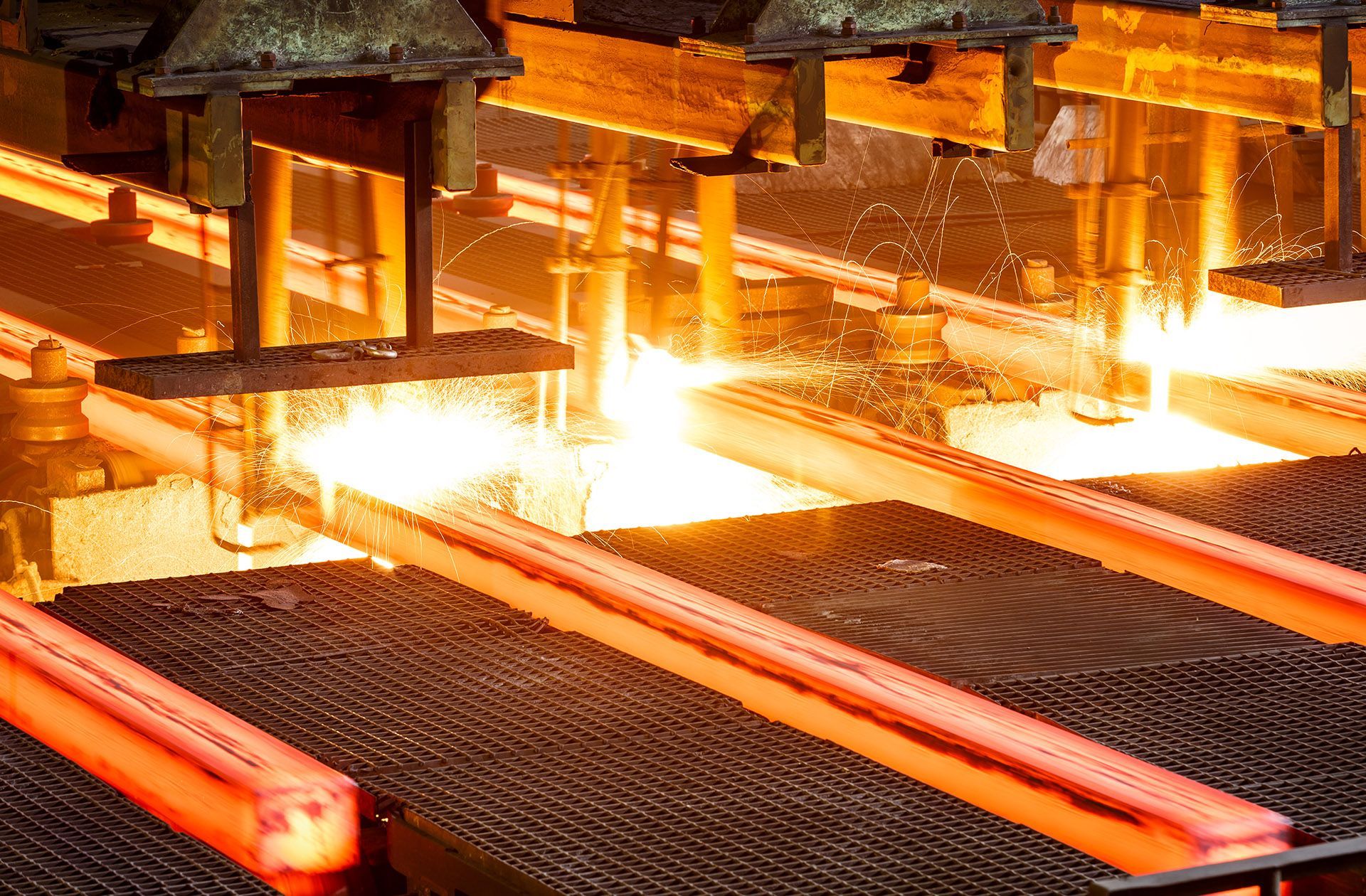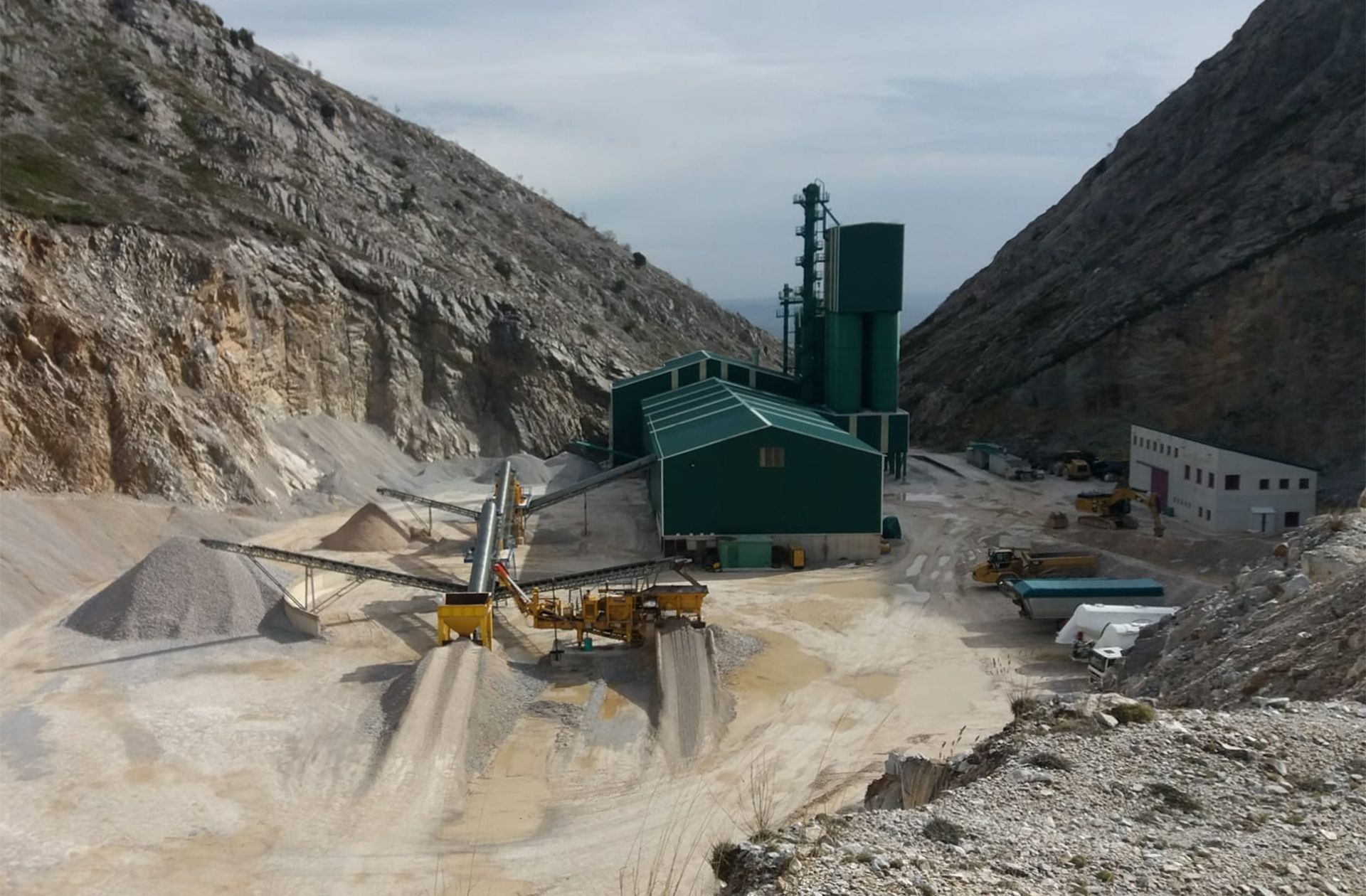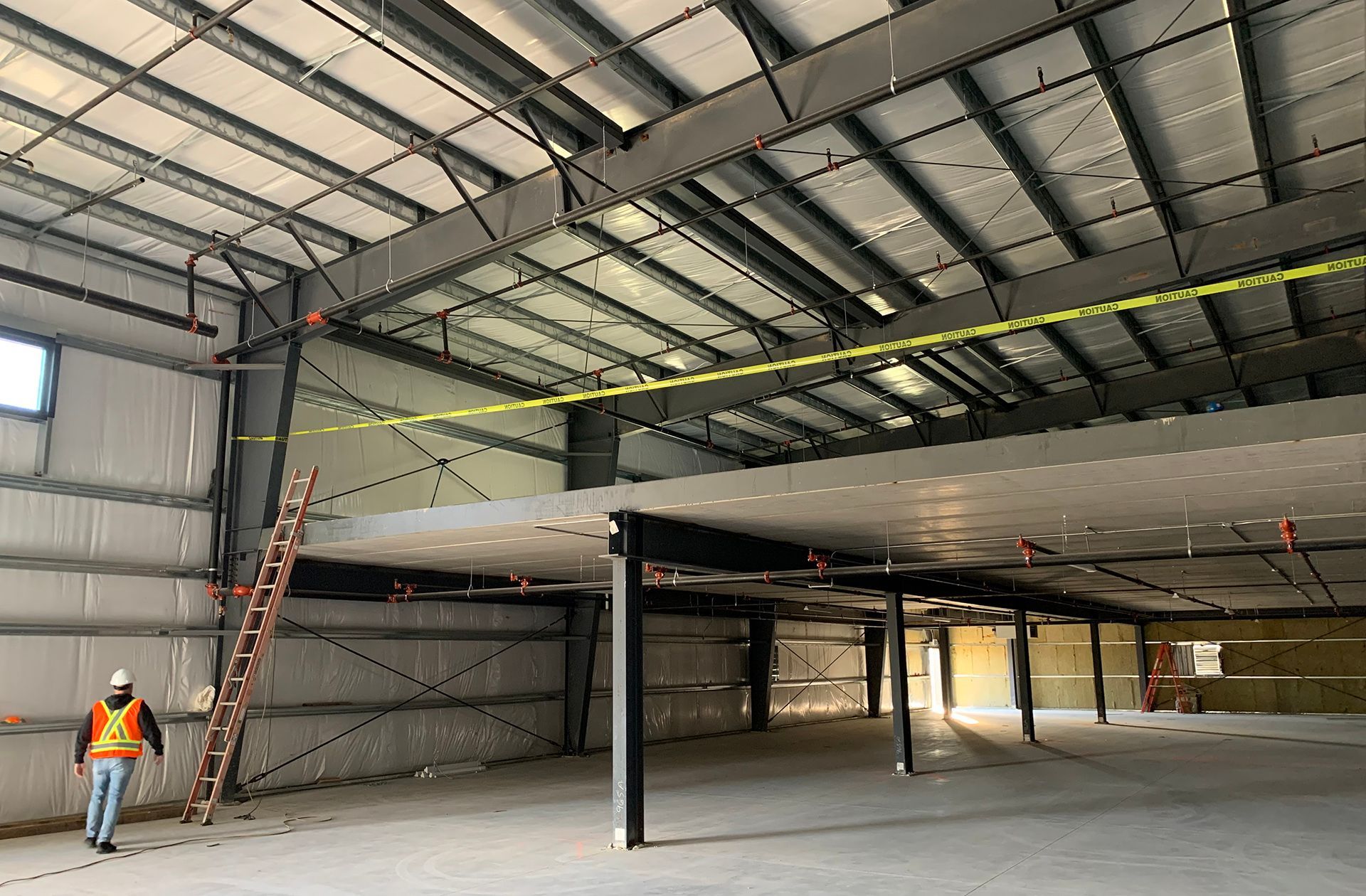Decisions to make about your metal roofing system
Learn more about the advantages and benefits of Summit Steel Buildings’
metal roofing systems in our previous article.
When architects and clients first sit down to design their dream building, aesthetics often steal the spotlight. After all, who doesn't want their business housed in a structure that turns heads? But beneath those sleek lines and sophisticated facades lies a crucial decision that can make or break a building's long-term success: the choice of roofing system.
Enter pre-engineered metal roofing – a solution that's revolutionizing commercial and industrial construction by refusing to compromise between form and function. As extreme weather events become more common and energy efficiency takes center stage, this time-tested material is proving itself more relevant than ever.
Fortunately,
Summit Steel Buildings offers a wide range of custom-designed pre-engineered roofing systems that allow you to get the building of your dreams without compromising strength, reliability and long-term integrity of your structure.
The metal advantage: Why history keeps repeating itself
Take a stroll through any historic city, and you'll notice something surprising: many of the oldest, most enduring buildings share one common feature – metal roofs. While wood shakes crack and asphalt shingles wear away under nature's assault, metal roofing stands resolute, often outlasting the buildings they protect.
"Outside of stone, there's a compelling reason why the vast majority of historic buildings incorporate metal for their roofs," explains Summit Steel Buildings' president Darren Sperling. "It stands the test of time and looks great while doing it."
Design flexibility meets engineering durability
1. Choice of materials – metal is always our preference
Today's pre-engineered metal roofing systems offer an impressive array of options that would make historic builders envious. Most modern commercial buildings use steel, but it’s not the only choice of material to use.
From the practical strength of galvanized steel to the striking beauty of copper's natural patina, each metal brings its own advantages to the table:
- Galvanized steel – The workhorse of commercial roofing, offering 40+ years of service life with proper maintenance.
- Aluminum – A lightweight champion that combines affordability with versatile design options.
- Copper – The premium choice that transforms aging into art, developing a distinctive green patina over time.
2. The science of slope: Not just another angle
When it comes to roofing, slope isn't just about aesthetics – it's a critical engineering decision. Roofs generally fall into two categories: Hydrostatic, a low slope design engineered to withstand ponded water; and, Hydrokinetic, a steep slope designed to keep water moving across the surface. For regions with heavy snowfall, steeper designs are preferred, along with the addition of snow guard systems that are crucial to preventing dangerous avalanche effects while maintaining the roof's clean lines.
Read about the design considerations for a building's framing system.
3. Sustainability meets solar innovation
Perhaps the most exciting development in metal roofing isn't about the roof itself – it's about what you can do with all the otherwise unused space. As businesses increasingly embrace solar energy, metal roofs are proving to be ideal platforms for photovoltaic systems. With service lives exceeding 40 years, these roofs provide stable, durable foundations for solar installations, whether traditional panels or newer roll systems. Using these energy generation systems offset utility costs and quickly contribute to shortening the payback period of your construction investment.
Read about how steel buildings are an ideal platform for solar panel systems.
Protection that pays for itself
While the initial investment in a metal roofing system may initially be greater than traditional alternatives (such as shakes or shingles), the long-term economics tell a compelling story. Enhanced durability, minimal maintenance requirements and superior energy efficiency create a return on investment that makes metal roofing not just a smart structural choice, but a savvy financial one as well.
The key to maximizing this investment lies in proper protection. Roofing is an important part of your defense against the elements that shields your valuable contents and people underneath. Nothing preserves and protects better than pre-engineered metal systems. Modern coating technologies and galvanization processes create multiple layers of defense against corrosion, while regular maintenance ensures these protective systems continue performing at their peak.
Looking ahead
As building technologies continue to evolve,
metal roofing systems remain at the forefront of innovation. Whether it's incorporating new sustainable materials, integrating smart building technologies or adapting to extreme climate challenges, these versatile systems prove that sometimes the best solutions combine time-tested materials with cutting-edge engineering.
For businesses looking to build not just for today but for generations to come, pre-engineered metal roofing systems offer an elegant solution to one of construction's most fundamental challenges: creating protection that persists. Reach our team online, by email at info@summitsteelbuildings.com or at 877-417-8335.
About the author
Frank Melo has a construction civil engineering technology and business background with over 25 years of experience as a business owner and contractor. He was born and educated in London, Ontario and now divides his time between projects primarily in Ontario and British Columbia. He can be contacted at Summit Steel Buildings at
(778) 951-4766 or by email at
frank.melo@summitsteelbuildings.com
or through
LinkedIn.

